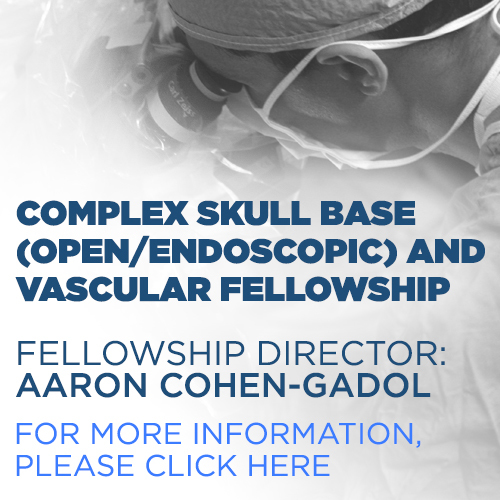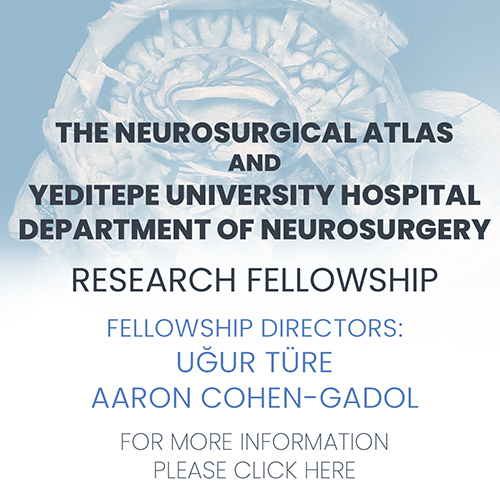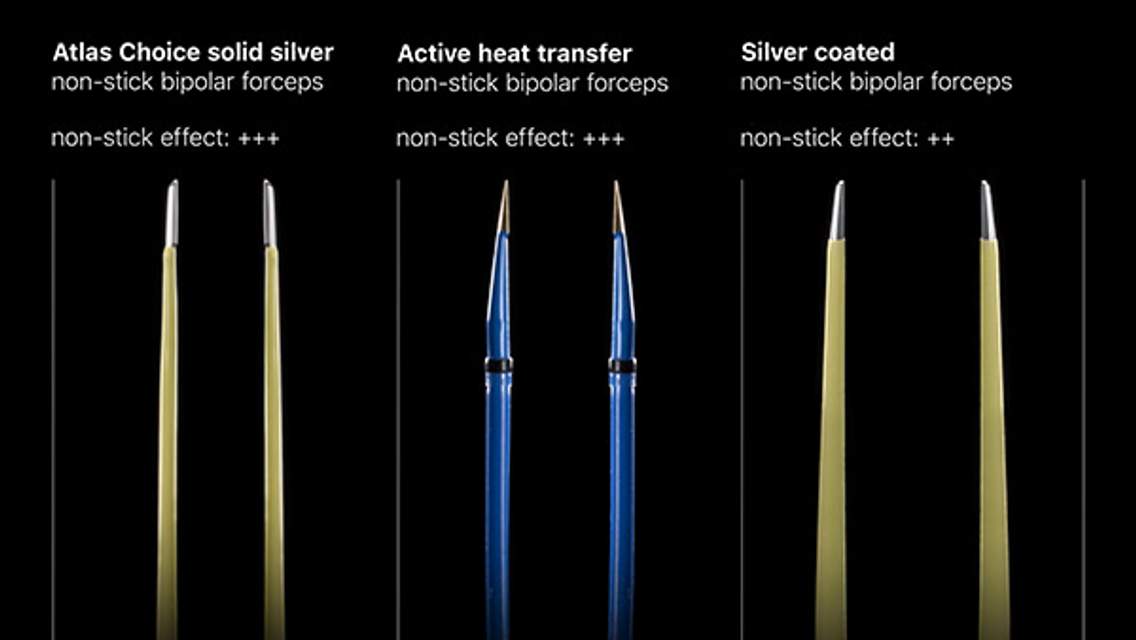Trending Articles: August 2020
What follows is a collaborative effort between the Neurosurgical Atlas and leading publishers of neurosurgical literature to provide you with a concise list of newly released articles that are most frequently accessed. Participating journals are listed in alphabetical order with a quick navigation link available in the table below.
 |
 |
 |
 |
WORLD NEUROSURGERY Editor's Choice
Partnership with the WORLD NEUROSURGERY journal took a different form such that the Editor's choice articles will instead be presented. A quick navigation link is available in the table below.
 |
JOURNAL OF NEUROSURGERY
- The middle communicating artery: a novel fourth-generation bypass for revascularizing trapped middle cerebral artery bifurcation aneurysms in 2 cases
- Risk of tumor recurrence in intracranial meningiomas: comparative analyses of the predictive value of the postoperative tumor volume and the Simpson classification
- The endonasal patient reference tracker: a novel solution for accurate noninvasive electromagnetic neuronavigation
- Cerebral venous thrombosis in traumatic brain injury: a cause of secondary insults and added mortality
- Earlier radiosurgery leads to better pain relief and less medication usage for trigeminal neuralgia patients: an international multicenter study
- National Institute of Neurological Disorders and Stroke: current funding status, opportunities, challenges, emerging scientific advances, and recommendations for neurosurgery
- Direct convective delivery of adeno-associated virus gene therapy for treatment of neurological disorders
- Endoscopic endonasal approach for suprasellar meningiomas: introduction of a new scoring system to predict extent of resection and assist in case selection with long-term outcome data
- Plasma extracellular vesicles as a source of biomarkers in traumatic brain injury
- Discrepancy between MRA and DSA in identifying the shape of small intracranial aneurysms
JOURNAL OF NEUROSURGERY: PEDIATRICS
- Head of bed elevation in pediatric patients with severe traumatic brain injury
- Endoscopic aqueductal stenting in the management of pediatric hydrocephalus
- Defining the role of the condylar–C2 sagittal vertical alignment in Chiari malformation type I
- On the passing of our mentors: a tribute to Timothy George, MD, 1960–2019
- The utility of brain biopsy in pediatric cryptogenic neurological disease
- Navigation-guided neuroendoscopic removal of an intracranial migratory pellet from the thalamus of a 4-year-old girl
- Posterior calvarial distraction for complex craniosynostosis and cerebellar tonsillar herniation
- Reliability of the radiopharmaceutical shunt flow study for the detection of a CSF shunt malfunction in the presence of stable ventricular size
- Epilepsy surgery for Rasmussen encephalitis: the UCLA experience
- Ventriculoperitoneal shunt infection rates using a standard surgical technique, including topical and intraventricular vancomycin: the Children’s Hospital Oakland experience
JOURNAL OF NEUROSURGERY: SPINE
- Outcomes in single-level posterior cervical spine surgeries performed in the sitting and prone positions
- Outcomes following discectomy for lumbar disc herniation in patients with substantial back pain
- Single- versus dual-attending strategy for spinal deformity surgery: 2-year experience and systematic review of the literature
- Flexible endoscope visualization to assist in the removal of a string of 10 schwannomas at the cauda equina: technical case report
- Blood glutamate scavengers and exercises as an effective neuroprotective treatment in mice with spinal cord injury
- Hypofractionated spinal stereotactic body radiation therapy for high-grade epidural disease
- A high-definition 3D exoscope as an alternative to the operating microscope in spinal microsurgery
- Editorial. Adult spinal deformity surgery: is there a need for a second attending?
- Quantitative analysis of the correlation between preoperative cervical degeneration and postoperative heterotopic ossification after cervical disc replacement: minimum 10-year follow-up data
- Effects of preoperative obesity and psychiatric comorbidities on minimum clinically important differences for lumbar fusion in grade 1 degenerative spondylolisthesis: analysis from the prospective Quality Outcomes Database registry
NEUROSURGERY
- In Memoriam: A Memoir for Our Fallen “Heroes”
- Guidelines for the Management of Pediatric Severe Traumatic Brain Injury, Third Edition: Update of the Brain Trauma Foundation Guidelines, Executive Summary
- Cerebrovascular Imaging: Which Test is Best?
- Congress of Neurological Surgeons Systematic Review and Evidence-Based Guideline on the Role of Cranial Molding Orthosis (Helmet) Therapy for Patients With Positional Plagiocephaly
- Management of Odontoid Fractures in the Elderly: A Review of the Literature and an Evidence-Based Treatment Algorithm
- Letter: The Coronavirus Disease 2019 Global Pandemic: A Neurosurgical Treatment Algorithm
- Imaging of Intracranial Pressure Disorders
- Metastatic Spine Disease: Should Patients With Short Life Expectancy Be Denied Surgical Care? An International Retrospective Cohort Study
- The Ruptured Arteriovenous Malformation Grading Scale (RAGS): An Extension of the Hunt and Hess Scale to Predict Clinical Outcome for Patients With Ruptured Brain Arteriovenous Malformations
- The Role of Laser Interstitial Thermal Therapy in Surgical Neuro-Oncology: Series of 100 Consecutive Patients
OPERATIVE NEUROSURGERY
- Posterior Cervical Decompression and Instrumented Fusion for Cervical Spondylotic Myelopathy: 2-Dimensional Operative Video
- Essential Neurosurgery for Medical Students: Trauma
- Essential Neurosurgery for Medical Students: Spine
- Essential Neurosurgery for Medical Students: The Neurological Examination
- Essential Neurosurgery for Medical Students: Neurosurgical Physiology and Neurocritical Management of the Acute Neurosurgical Patient
-
Essential Neurosurgery for Medical Students: Introduction: Vascular
-
Advances in Intraoperative Optics: A Brief Review of Current Exoscope Platforms
WORLD NEUROSURGERY Editor's Choice
- Anatomic Study of the Bifurcation of the Obturator Nerve: Application to More Precise Surgical/Procedural Localization
- Factors in Residency Decision Making for Female Neurosurgery Applicants
- Early Report on the Impact of COVID-19 Outbreak in Neurosurgical Practice Among Members of the Latin American Federation of Neurosurgical Societies
- Late Surgical Start Time and the Effect on Rates of Complications in a Neurosurgical Population: A Prospective Longitudinal Analysis
- Surgical Outcomes with Midline versus Lateral Approaches for Cranial Base Chordomas: A Systematic Review and Meta-Analysis
Please login to post a comment.













